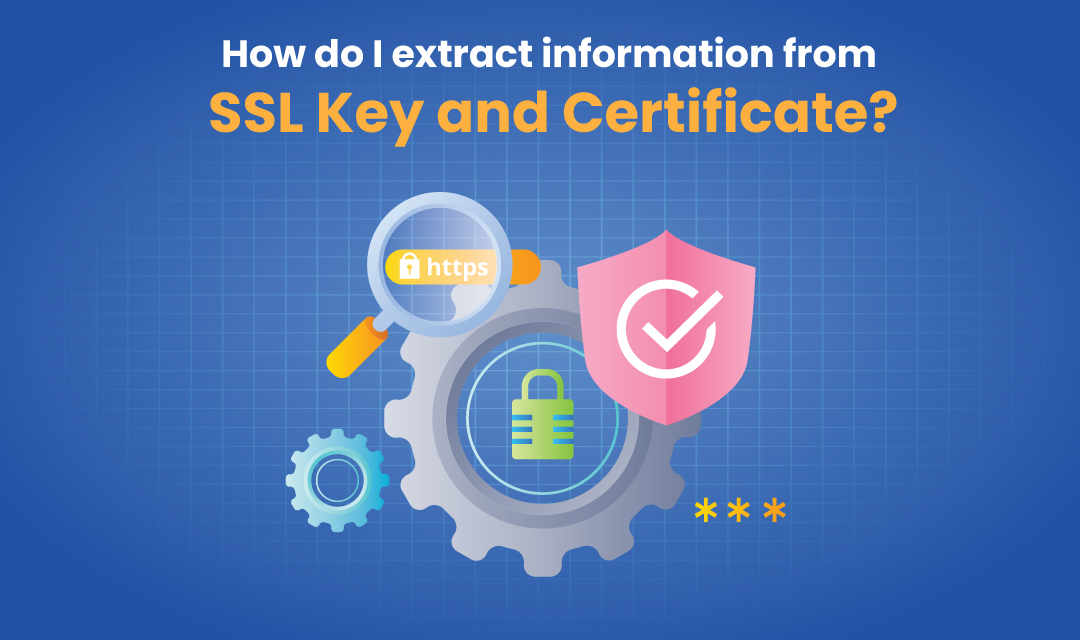
An SSL certificate contains the information about issuer, valid dates, subject, and other cryptic information. The openssl x509 subcommand can be used to retrieve that information from an SSL certificate.
# The following command extracts the private key from the certificate. # Replace your_certificate.crt with the actual name of your certificate file. bash# openssl rsa -in server.crt -out private_key.key # The following command will create a file containing certificate information. bash# openssl x509 -in server.crt -out public.crt # The "-issuer" option will show the issuer. bash# openssl x509 -noout -in server.crt -issuer # The "-subject" option will show Organizational information. bash# openssl x509 -noout -in server.crt -subject # The "-dates" option will show valid dates bash# openssl x509 -noout -in server.crt -dates # "-hash" and "-fingerprints" may also be used in conjunction with other options. bash# openssl x509 -noout -in server.crt -hash -fingerprint -issuer
Make sure to replace the placeholder server.crt with the actual filename of your SSL certificate. After running these commands, you will have two separate files: private_key.key containing the SSL private key and public.crt containing the SSL public certificate.
Keep in mind that handling SSL keys and certificates requires caution, and you should ensure that you have the necessary permissions to access and manipulate these files. Additionally, it's crucial to follow security best practices when working with sensitive information like private keys.
Share this post
Leave a comment
All comments are moderated. Spammy and bot submitted comments are deleted. Please submit the comments that are helpful to others, and we'll approve your comments. A comment that includes outbound link will only be approved if the content is relevant to the topic, and has some value to our readers.

Comments (0)
No comment